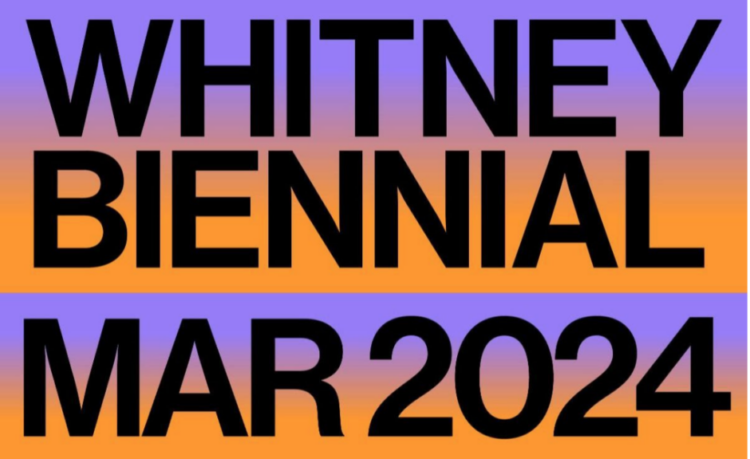Alternative Histories of Contemporary Art: Projects Supported by the 2012 Arts Writers Grant

Eva Diaz’s study of the influence of R. Buckminster Fuller is being supported by a 2012 Arts Writers Grant.
Last week, the Creative Capital | Warhol Foundation Arts Writers Grant Program announced the twenty-one recipients of our 2012 grants, awarded for exceptional writing on contemporary art. You can see the full list of grantees on our website and read more about the individual writers and their funded projects here. But for this post, we’d like to zoom in a bit, identifying a theme threaded throughout an extremely diverse list of projects that tackle everything from horror films to Houston’s art scene to David Hammons.
Writing on The Lab last year, we noted the remarkable rise of blogs featuring outstanding arts writing, from The Performance Club to Printeresting. This year, we discovered a different trend, something of a mission across categories: the recovery of alternative histories—artistic, social and political—that can help us to contextualize the present and rethink the cultural paths we envision for the future. (We weren’t the only ones who noticed this: Art Fag City asserted, in a similar vein, that this year’s funded projects “reflect writing for the 99%: writing to preserve histories, writing as activism, and writing to create a community.”)
Some of this year’s projects have an explicitly futurist bent, with utopian underpinnings. Eva Diaz will write a book, The Fuller Effect, examining the influence of R. Buckminster Fuller’s ideas about equitable resource management and sustainable architecture on contemporary artists and collectives such as Fritz Haeg, Matthew Day Jackson, Mary Mattingly, N55 and Marjetica Potrč. Zabet Patterson’s Visionary Machines will focus on the mid-1960s artists’ collective USCO. “Without slipping into either melancholic fatalism or uncritical techno-utopianism,” Patterson argues, “USCO created fictional worlds that fused scientific innovation with mystical exploration, while grappling with the rough work of building community.”
Stephen Zacks will revisit New York City’s greatest period of economic decline to showcase its artist squats, community organizations and street art, asking whether it is still possible to revive the anarchic freedom and community spirit of 1970s and 80s urbanism. In 1980, Alan W. Moore and others founded the East Village art and activism center ABC No Rio; but for Moore’s project, Art Squats, this is the beginning rather than the end of a story about alternative communities. Moore will report on recent New York artist collectives like Just Seeds and 16 Beaver, as well as artist squats and cooperatives in Amsterdam, Paris, Berlin, London and Madrid, linking his accounts to artists’ involvement in the global Occupy movement.
Jennifer Krasinski will write a dispatch from Jill Johnston’s archives, reframing key essays by the under-recognized cultural critic in order to examine, in Krasinski’s words, “the limits of language, the fates of feminism, and the potential for art criticism to be a radical and independent art form.” Ara H. Merjian will take a well-known figure, Pier Paolo Pasolini, and concentrate on the filmmaker’s far-reaching, but little-known engagement with art history and painting, opening up questions about the last century’s avant-gardes and their afterlife in contemporary culture.
A fascinating and often forgotten history of the Western avant-garde is to be found in pre-revolutionary Iran, where artists like Merce Cunningham, Peter Brook and Robert Wilson staged some of their most pivotal and experimental works under the patronage of the country’s former empress. Negar Azimi will contextualize the cultural history of 1960s and 70s Iran, revealing the texture of the exciting, vexed and tumultuous years leading up to the fall of the Iranian monarchy in her book The Shahbanou and the Iranian Avant-Garde. Stay tuned for our next blog post, an interview with Azimi about her book and her work as senior editor of Bidoun, a magazine and curatorial initiative with a focus on the Middle East.
